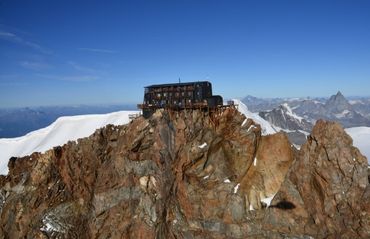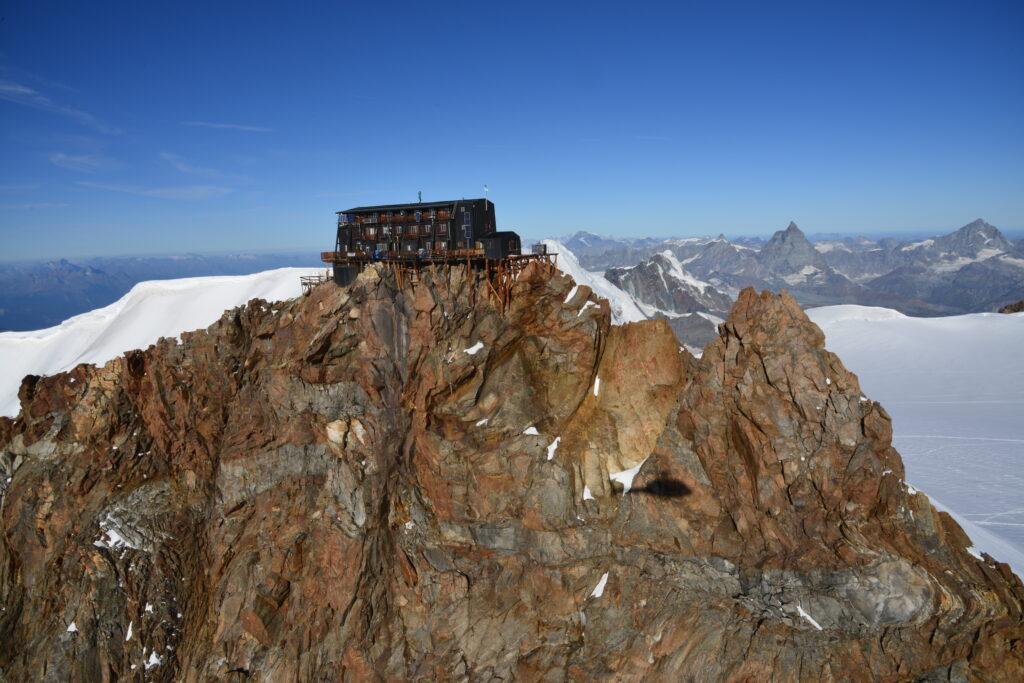
Here comes autumn again. Our campuses are gradually being repopulated with both new and old faces. Students are once again filling the classrooms, our laboratories have reopened at full capacity, friends and colleagues are busy telling each other about their holidays, which already seem to have become faded memories. For a university, this marks the start of a new academic year.
As in previous years, this year will also be full of research – that of ongoing projects, which had never really stopped, and that of new challenges that are ready to go. We at Frontiere are continuing our effort to bring you the stories from the people behind all this, right from the researchers’ mouths.
Like before, our reports will span both time and place. Starting at the Margherita Hut on the summit of Monte Rosa, we will then take you on a hunt for fake news through history; we will travel from the hospitals where nuclear power is used in medicine, to our laboratory where tumours are modelled. We will also hear from Dennis White about his fascinating career in the world of energy.
Don’t forget our podcast: Voci di Frontiere is back with Alessandro Balducci, professor of Architectural Design, who talks about what cities will be like in 2050, from digital infrastructure to “mega city regions”.
Finally, for #POLIMIrisponde, Carlo Spartaco Casari will take us back to the discovery of two-dimensional materials.
Are you ready for a new year filled with top results?
The Mechanobiology team
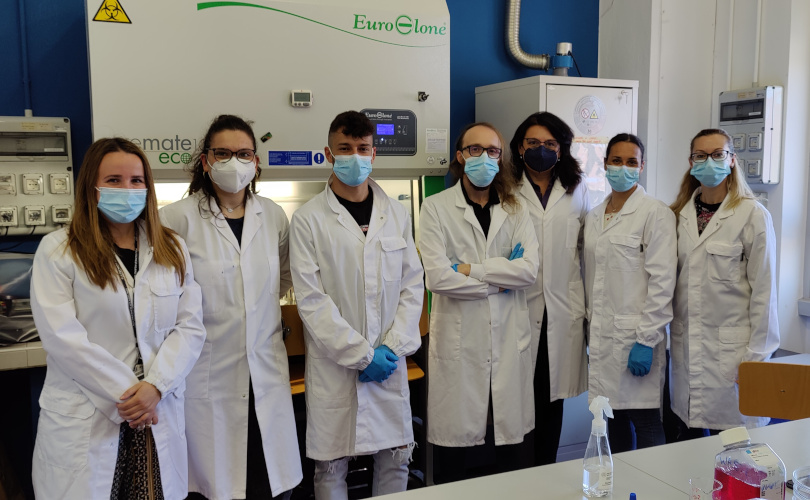
Find out how tumours progress using a simple egg as an example
One of the main obstacles that chemotherapy drugs encounter in targeting cancer cells is fibrotic hardening. This phenomenon is slow and therefore rather complex to study; it cannot be reproduced using cultures, and on the other hand the option of animal testing poses various ethical problems.
A new approach is being trialled in the Mechanobiology laboratory at the Politecnico di Milano: reproducing fibrotic hardening by modelling micro-tumours at various levels of fibrosis on polymeric mediums that are implanted on embryonated eggs. The aim is to create a standardised and ethical way of speeding up and facilitating the testing of therapeutic oncology drugs.
At the (sustainable!) top of Europe
Graziano Salvalai teaches us how to make buildings more energy efficient. One of his passions is the mountains, specifically the Alps. In fact, he took us to Monte Rosa, to visit the Margherita Hut. It is the highest refuge in Europe, located on the largest massif in the Alps, in a place of unique natural beauty.
The RE3_Lab research group is working to design the hut of the future, which will no longer just be a shelter for experienced mountaineers, but will also act as accommodation for tourists, even for prolonged periods of time. It will be an energy self-sufficient, comfortable and environmentally sustainable refuge, whilst also being mindful of the location and its historical legacy.
PHOTO NEWS
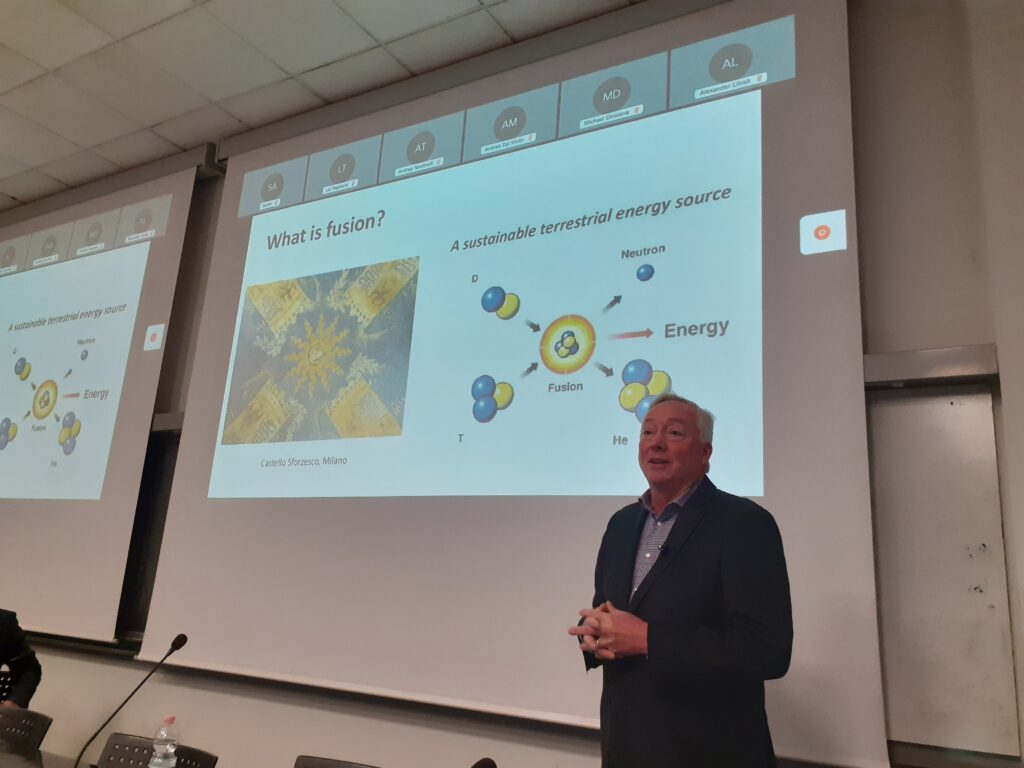
New challenges in fusion power
Dennis White, director of MIT’s Plasma Science and Fusion Center, was recently a guest speaker at the Politecnico di Milano, holding a seminar on fusion energy and its future. Of course, we at Frontiere couldn’t turn down the opportunity to meet him.
It was exciting to hear about how his passion for research came about. “It started a long time ago,” he told us. “I always knew I wanted to do something to do with science, because I love scientific discovery, it is an incredible feeling to see something for the first time that nobody else has ever seen. It’s a bit addictive”.
To hear what else White had to say, read the full interview, which is packed with interesting insights and details about his upcoming projects.
On the hunt for fake news
The definition of fake news only found its way into dictionaries in 2016, but upon closer inspection, the phenomenon of false or biased news has been around for centuries. Thucydides made us aware of how general Pausanias was one of its first victims in 468 BC. So what has changed in recent years? The emergence of social networks and the increasingly widespread use of the Internet and smartphones have greatly amplified the speed and prevalence of this phenomenon.
In his doctoral thesis, our researcher Francesco Pierri analysed the effects of spreading disinformation on social networks. He has subsequently published numerous journal articles and participated in several international conferences on the subject. In an interview, he tells us the details of his research, which continues to assess the social impact of fake news.
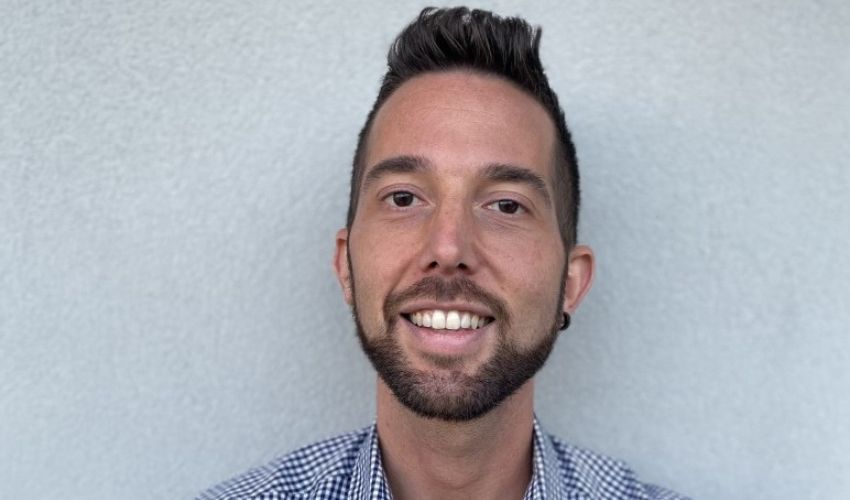
Nuclear, not just energy. Applications in the medical field
Nuclear power is certainly a hot topic, but we will not talk about energy production or other far more dangerous uses. Instead, let us explore the applications of nuclear power in our daily lives, those that are extremely useful to us as they are used in the medical field. There are two large families: that of diagnostic imaging and that of radiotherapy for the treatment of tumors.
These are not very simple issues, but Davide Bortot, researcher of nuclear measurements and instrumentation, will shed some light on the functioning of these technologies. He will also tell us what it means for him to do research at the Politecnico di Milano.

